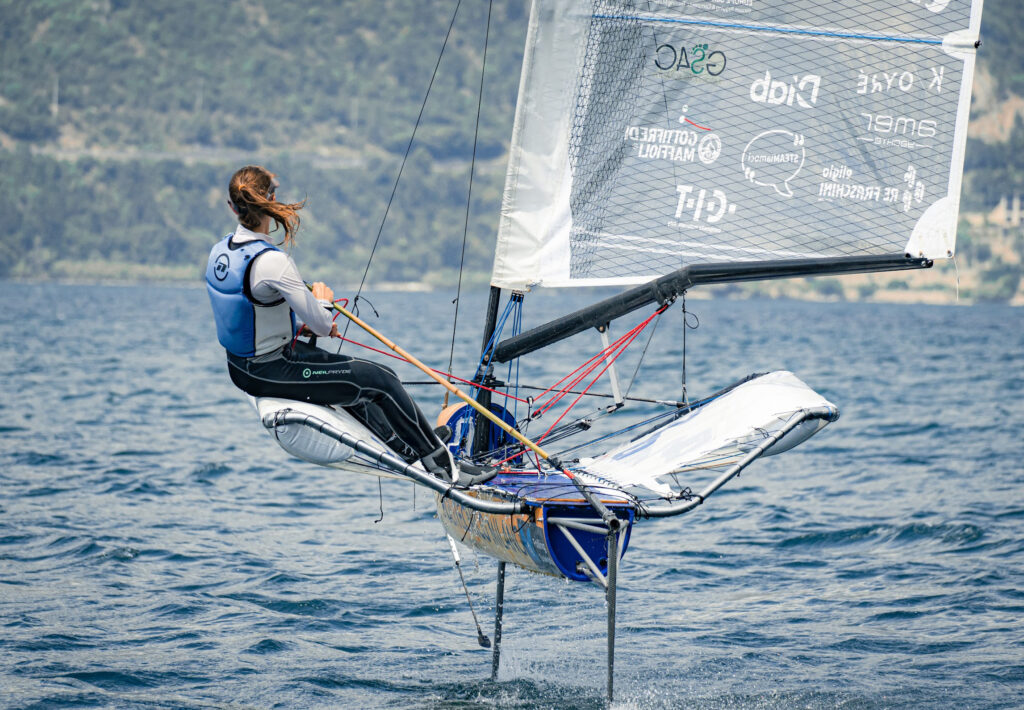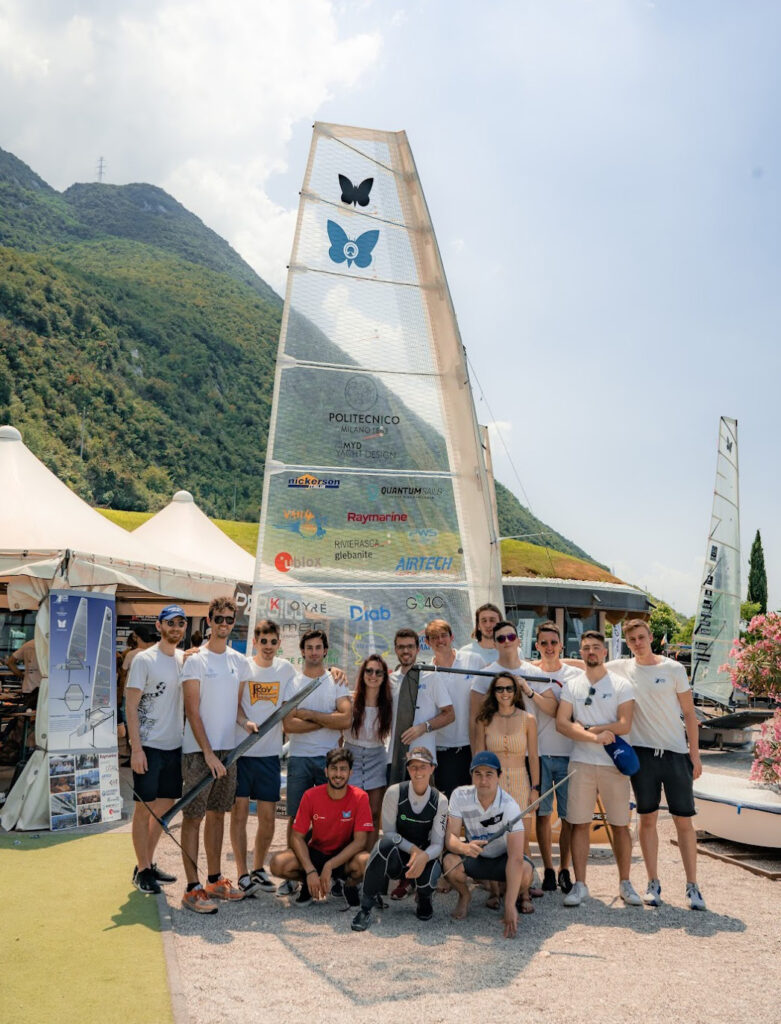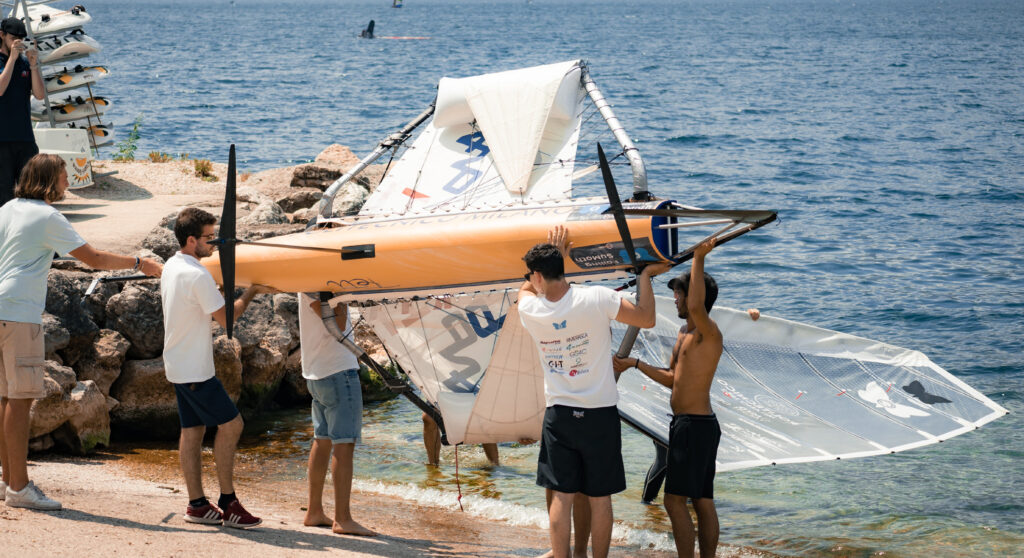SINCE 2007 they have been designing and manufacturing racing sailboats to participate in international competitions. They are the girls and boys of the Polimi Sailing Team: in the last edition of the SuMoth Challenge, held this summer, they won first place in the design and second place in the regatta with their prototype Teti, competing with over one hundred and fifty teams from four corners of the world.

Teti is a champion of innovation: at this link we can see her take flight over the waters of Lake Garda. Evaluation is based on the sailing skills during the regatta, on the engineering and design component and on sustainability.
'Those of the SuMoth Challenge were stimulating, tiring but wonderful days’, says Beatrice Rimoldi, team leader. She is attending the last year of a master's degree in Aeronautical Engineering. ‘We were able to really team up because everyone believed in the goal we were there for - to win - and didn't hold back. The guys on the team worked late into the night to fix boat breakages that occurred in the water so that Teti was always ready to take to the race course the next day. Getting on the podium was the recognition for months of intense work’.

Marta Zattoni, in charge of logistics, in her first year of a master's degree in Biomedical Engineering as well as helmsman of Teti, remembers some moments of those months of work:
‘During the tests we had problems because it is a prototype made with recycled materials, therefore easily subject to breakage; you get out of the water and count the things that are broken. For me, who was born as a sailor and experienced sport as something solitary, it was wonderful to see that when I returned to shore there were twenty, thirty people ready to help me, who couldn't wait to get their hands on the boat and fix it. It was really like being on the water with the whole team because we were all involved’.


Then, she recalls the turning point: ‘The most critical phase when sailing with foiling boats is the take off, that is the moment in which you pass from a displacement gait with the hull on the water to a foiling pace with the hull detached from the water and only the appendages immersed. When using a prototype there is always the unknown, you always ask yourself: ‘Will it fly?’. It was exciting when I was able to fly with Teti for the first time because it was the moment in which we all understood that the prototype was working’.
